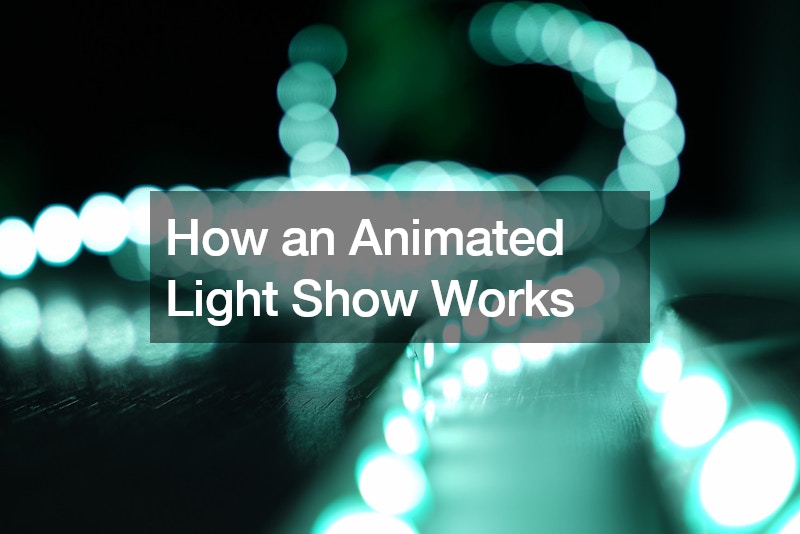An animated light show is a captivating display of lights that are synchronized to music or programmed patterns, creating a dynamic and visually stunning experience. At the heart of this technology are specialized lighting systems, often comprised of high-intensity LED lights, projectors, and sophisticated software. The process begins with the design phase, where artists and programmers work together to create a storyboard or script that outlines the sequence of lights and colors to be displayed. Once the design is finalized, it is translated into a digital format using specialized software.
This software allows for precise control over each individual light, enabling the creation of complex patterns, movements, and color changes.
During the performance, the animated light show is typically controlled by a computer or a lighting console, which sends signals to the lighting fixtures to execute the programmed sequences in real time. The lights can be synchronized to music using audio analysis software, allowing for a seamless integration of visuals and sound. The versatility of animated light shows is virtually limitless, with the ability to create a wide range of effects, from simple flashing patterns to intricate animations and 3D illusions. Whether used for entertainment, advertising, or artistic expression, animated light shows continue to push the boundaries of what is possible with light and technology.


